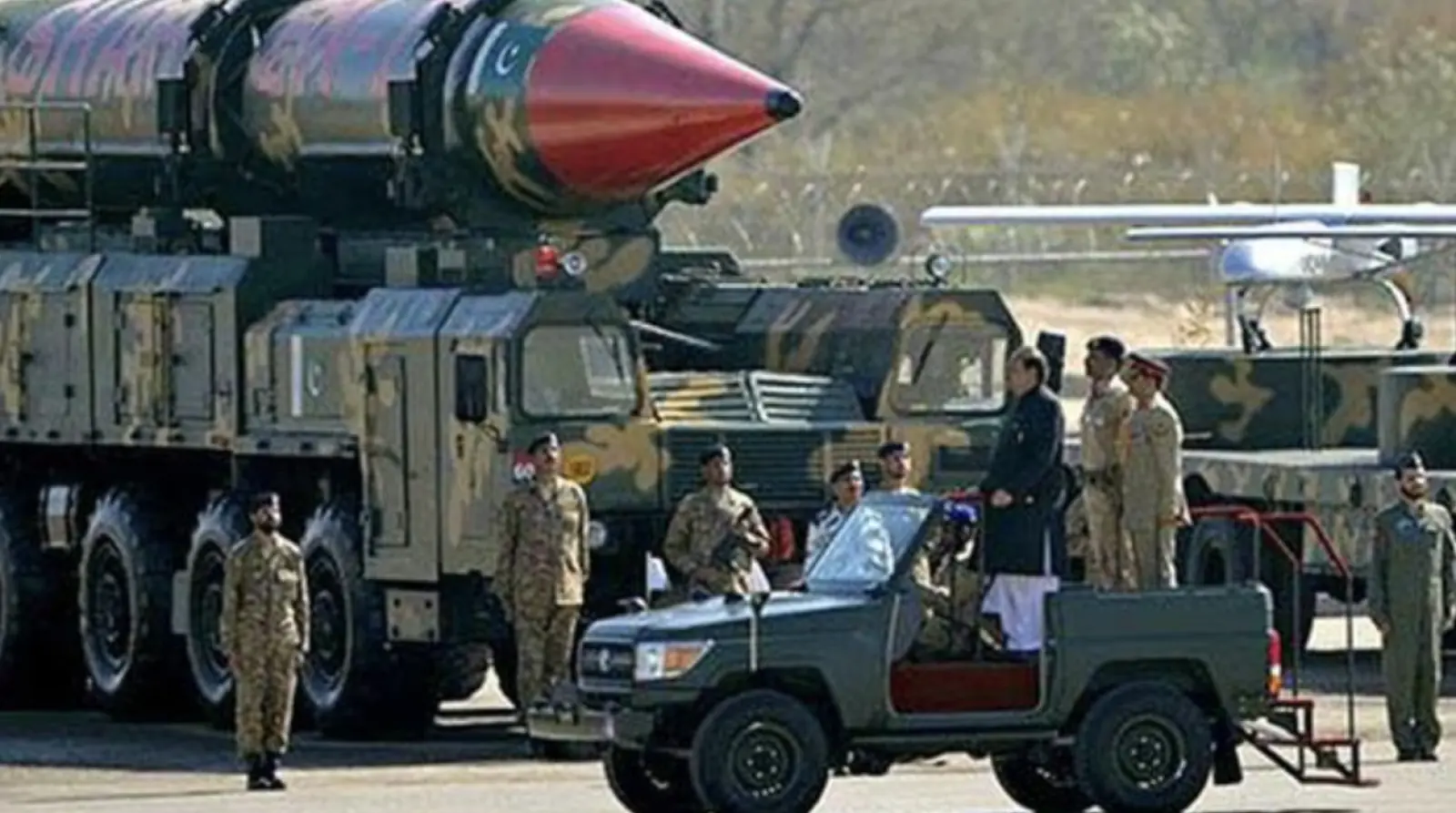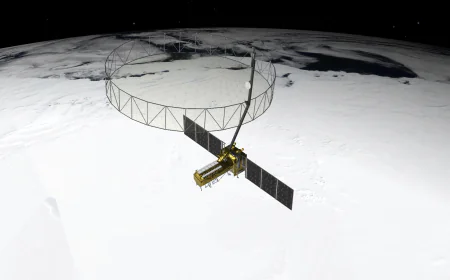These weapons will increase India's dominance in the defense market, panic in China and Pakistan
This article describes the capabilities of India's indigenous weapons and defense equipment, which are playing an important role in the global defense industry. Equipment like the Astra MK-1 missile, Remotely Operated Vehicle (ROV), Daksh Low Frequency Dunking Sonar, Airborne Early Warning and Control System Varunastra, and Man Portable Anti-Tank Guided Missile developed by DRDO are making India self-reliant in the defense sector.

From neutralizing terrorist camps in Pakistan in Operation Sindoor to blocking its drone and missile attacks, the outstanding performance of India's home-grown weapons and equipment has shaken the global defense sector. Many of these technologies had been developed and produced by the Defense Research and Development Organization (DRDO).
Meanwhile, to increase India's share in the defense market, DRDO is showcasing its cutting-edge technology at the Indo Defense Exhibition-2024 held in Jakarta, Indonesia. Let us know about these technologies and defense equipment.
Astra Mk-1 is a Beyond Visual Range Air-to-Air Missile System. Astra Mk-1 was developed specifically for use on fighter planes. The missile launched by a fighter aircraft can destroy supersonic planes with high maneuverability. The Astra Mk-1 missile operates in any weather and day or night conditions. The Astra Mk-1 missile's range is approximately 110 km. That means a fighter aircraft carrying this missile can hit an enemy fighter aircraft at a distance of 110 km.
Astra-1 has been installed in Sukhoi 30 Mk-I fighter aircraft and Tejas. DRDO is also making several variants of the Astra missile, such as Astra Mk-2 and Astra Mk-3. The estimated range of Astra Mk-3 is about 300 km. With the handing over of these missiles to the Air Force, India will become self-reliant in the field of Beyond Visual Range Air-to-Air Missile.
Remotely Operated Vehicle (ROV) DAKSH: ROV is a useful tool for the detection and handling of improvised explosive devices. It can also be used to survey and monitor the level of nuclear and chemical elements in the atmosphere. ROV can climb stairs, and it can operate continuously for 3 hours. ROV can be controlled from a distance of 100 meters by fiber optic communication or 500 meters through wireless communication.
Low Frequency Dunking Sonar (LFDS) is a sonar system used to locate and detect underwater targets using low-frequency sounds. It is mainly for anti-submarine warfare. LFDS is usually lowered into the water from a helicopter or aircraft and used to detect targets at sea. It is installed on the Advanced Light Helicopter (ALH) and is capable of both active and passive sonar operations.
The Airborne Early Warning and Control System (AEW&C) can see far into enemy territory while flying in the air. It tracks attacking fighter aircraft and UAVs and sends messages to interceptors to destroy these threats, and also guides them. Apart from this, it can detect enemy movement on the ground. It is considered a force multiplier for the Air Force. This means that it increases the strength of the Air Force manifold. Recently, the important role of this system has come to the fore during Operation Sindoor. The S-400 air defense system has created a new record by destroying Pakistan's AWACS, a similar system, from a distance of about 315 kilometers.
Varunastra is a heavyweight submarine torpedo used by a warship. It can be used to destroy submarines in the deep sea. Varunastra can be launched from any warship with anti-submarine warfare capabilities. Varunastra was inducted into the Indian Navy in 2016.
This missile is for the army's infantry and parachute (special forces). The man-portable missile is launched from a tripod. Its maximum range is 2.5 km. Its weight is less than 15 kg.















































































